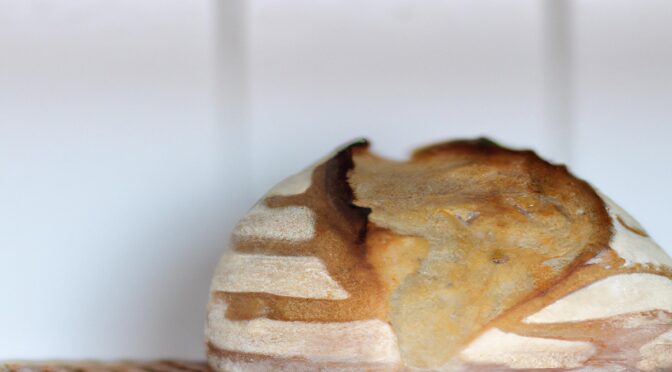Hello pizza lovers friends! Today I want to tell you a story that will surely make your mouth water: the origin of pizza! The pizza, with its irresistible aroma and delicious flavour, it is one of the most loved dishes in the world. But have you ever wondered where this delicacy comes from?? Make yourselves comfortable, because we are about to take a journey through time to discover the origins of pizza.
The beginning of a tasty journey
To understand the origin of pizza, we have to go back a few millennia. It is said that focaccias similar to pizza were already prepared in ancient Egypt, and the same goes for the Greeks and Romans, who loved to season bread with various ingredients. But pizza as we know it today has more recent roots and has its origins in the city of Naples, in the 18th century.
The birth of modern pizza
Pizza as we know it today was born in Naples. At the start, it was a simple and popular dish among the Neapolitan working classes. The base was a focaccia topped with tomato, which had just been imported from the Americas. This dish was cheap, nutritious and easy to prepare, which immediately made him very popular.
Queen Margherita and Margherita pizza
A turning point in the history of pizza occurred in 1889, when the pizza chef Raffaele Esposito prepared a special pizza for Queen Margherita of Savoy. This pizza was topped with tomato, mozzarella and basil, representing the colors of the Italian flag. The Queen appreciated this pizza so much that Esposito named it in her honor: thus the Margherita pizza was born, one of the most loved variants in the world.
The spread of pizza in the world
Pizza began its journey beyond Italian borders thanks to Italian emigrants who, leaving for new lands in search of fortune, they brought with them the culinary traditions of their country. Pizza has found fertile ground especially in the United States, where it became incredibly popular. The first American pizzerias opened in New York and Chicago at the beginning of the 20th century, and from there pizza spread throughout the world, becoming one of the most loved and consumed foods everywhere.
The pizza shop: beating heart of tradition
Pizzerias are the beating heart of the pizza tradition. Each pizzeria has its own history and unique recipes, passed down from generation to generation. who, preparing dough is an art that requires time, passion and dedication. The ingredients are carefully chosen and the pizza is cooked in wood-fired ovens, which give that unmistakable flavour.
The art of dough preparation
The preparation of the dough is a fundamental element for obtaining a perfect pizza. Flour, water, yeast and salt are the main ingredients, but it is their combination and workmanship that makes the difference. The dough must be worked carefully and left to rise for the time necessary for the pizza to be soft and fragrant..
Cooking pizza: a sacred rite
Cooking pizza is a truly sacred ritual in pizzerias. The wood oven, which can reach very high temperatures, it is essential for perfect cooking. The pizza must cook for a few minutes, just the right amount of time to obtain a crunchy base and well-blended ingredients. This technique, refined over the centuries, it's what makes Neapolitan pizza unique in the world.
Catering and innovation
Present Day, pizza-related catering is constantly evolving. In addition to traditional pizzerias, there are many places that offer innovative variations of pizza, using original ingredients and modern techniques. However, tradition remains the point of reference, and true pizza enthusiasts know how to appreciate the quality and history behind each slice.
Become a master pizza chef with us!
If you too are passionate about pizza and want to learn all the secrets of preparation, sign up for our pizza chef courses that we organize in our Silvio Cicchi pizza school. who, you will be able to learn traditional and modern techniques for preparing dough and cooking pizza, led by expert pizza chefs.
A special invitation from Silvio Cicchi
Dear readers, Thank you for reading this journey into the history of pizza! I invite you to visit and subscribe to my YouTube channel, where you can find more 300 videos of pizza recipes prepared by pizza chef students who enroll in our courses. Don't miss the opportunity to discover all the secrets of this extraordinary dish. Greetings from Silvio Cicchi!


